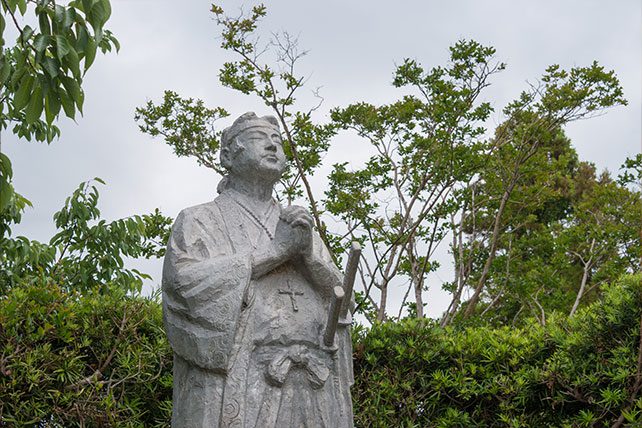In Japan, a nation steeped in Shinto and Buddhist traditions, Christianity represents a unique and diverse religious presence. With various denominations including Catholicism, Protestantism, Oriental Orthodoxy, and Orthodox Christianity, the Christian faith embodies a rich tapestry of beliefs and practices in a predominantly non-Christian society. Today, approximately one to two million Japanese, about one percent of the population, identify as Christians, reflecting a complex history of growth, suppression, and resilience.
Historical Overview of Christianity in Japan
The history of Christianity in Japan dates back to the 16th century when Saint Francis Xavier, a Jesuit missionary, landed in Kagoshima in 1549. His arrival marked the beginning of Christian missionary efforts, leading to the rapid growth of the faith among the Japanese. By the late 16th century, Christianity had found favor among several feudal lords, contributing to its expansion.
However, the religion faced severe backlash in the early 17th century, leading to the ban and persecution of Christians. The Shimabara Rebellion in 1637, involving predominantly Christian peasants, prompted the Tokugawa shogunate to enforce a nationwide prohibition of Christianity. Many believers went underground, giving rise to the “Kakure Kirishitan,” or hidden Christians, who secretly maintained their faith for centuries.
Modern Christianity in Japan
With the Meiji Restoration in 1868 and the subsequent lifting of the Christian ban, Christianity re-emerged in Japan. The late 19th and early 20th centuries saw a new wave of missionary activity, leading to the establishment of various Christian schools, hospitals, and institutions. Despite these efforts, Christianity has remained a minor religion in Japan, with the majority of the population adhering to Shinto and Buddhist practices.
RELATED: The Allure of Buddhism
Denominations and Practices
Christianity in Japan is characterized by its diversity, with the main denominations being Catholicism, Protestantism, Oriental Orthodoxy, and Orthodox Christianity. Each denomination has adapted to Japanese culture in unique ways, blending traditional Christian rituals with local customs. Christmas (Luke 2) and Easter (Mark 16), for example, are celebrated with distinct Japanese influences, reflecting the religion’s integration into the broader cultural fabric.
Christianity’s Influence on Japanese Media and Society
Christian themes and imagery are prevalent in Japanese media, particularly in anime and manga. Series like “Neon Genesis Evangelion” and “Chrono Crusade” incorporate Christian symbols and narratives, showcasing the religion’s cultural impact. Despite its minor status, Christianity’s values and stories have found a place in Japanese art and literature, influencing perspectives and sparking curiosity among the broader public.
Challenges and Opportunities
Christianity’s growth in Japan faces several challenges, including cultural and societal barriers that emphasize harmony and uniformity. The exclusive nature of Christian salvation can clash with Japan’s syncretic religious tradition, where multiple beliefs are often practiced simultaneously. However, the modern era presents new opportunities for Christianity in Japan, with increasing interest in religious diversity and personal spirituality offering potential pathways for expansion and deeper integration into Japanese society.

